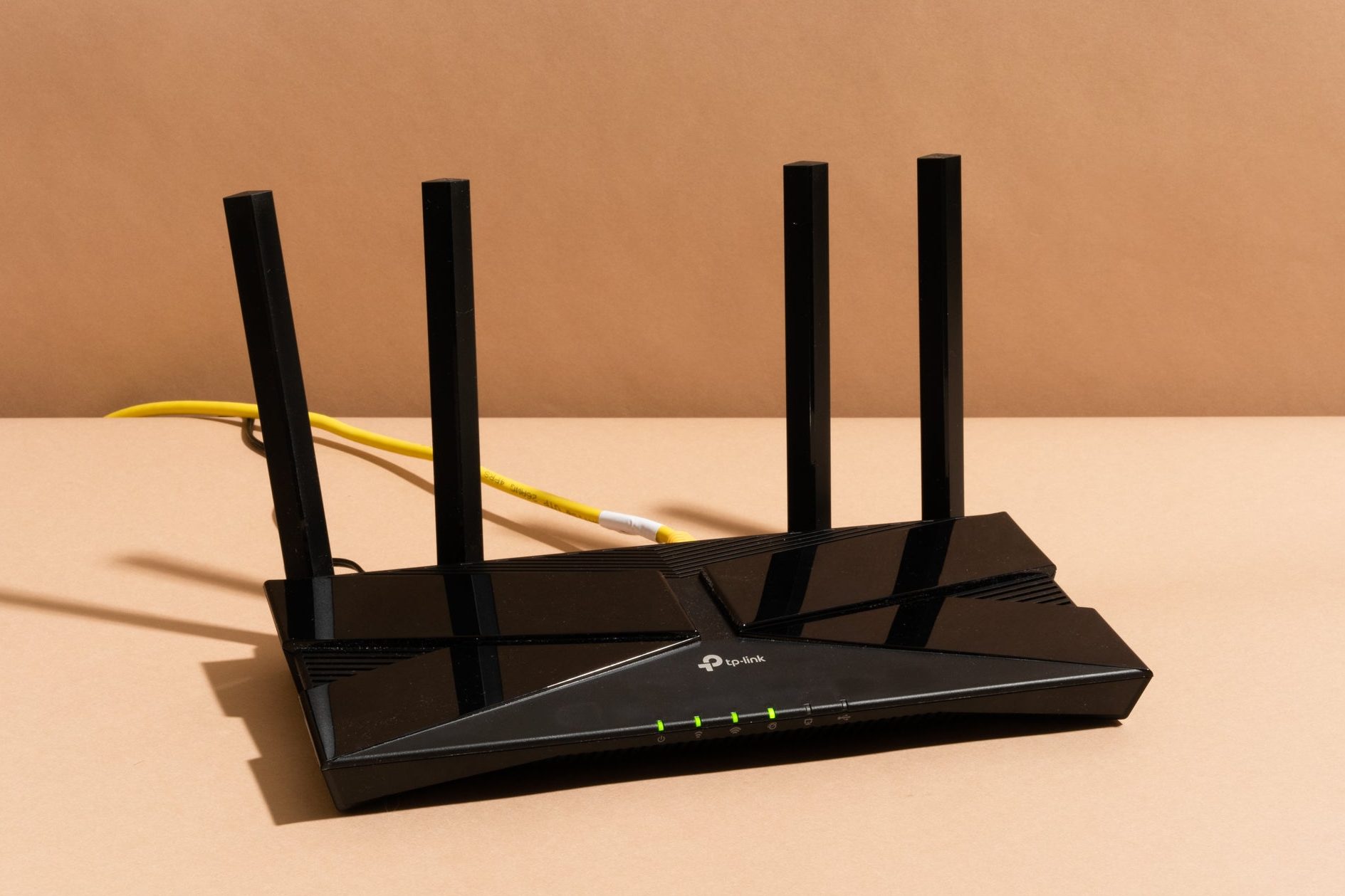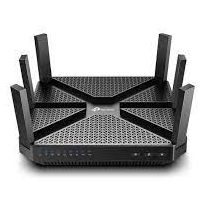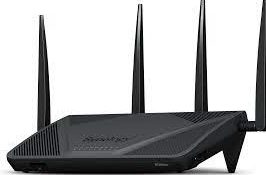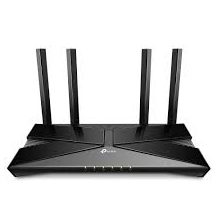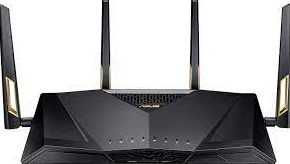The Best Wireless Router According to Wirecutter
You might find it difficult to select the right and best router wirecutter for your household for connecting to the Internet. Houses have their own unique requirements for Wi-Fi connectivity, including the size of the coverage area, the required speed, and the amount of capacity.
Occasionally, no amount of tips and tricks can help you. It’s possible you’re experiencing symptoms like dropped connections outside your property, needing to turn off your media streaming box when playing online games, or worse still, slow browsing even when you’re within range of your router. You can improve your Wi-Fi range, stability, and speed with a new router or mesh-networking kit if your current router is more than a couple of years old.
This is why we have compiled a list of the 5 best Wi-Fi router from The Wirecutter, which includes their main features, strengths, and weaknesses, as well as how they differ from past generations. Additionally, we have provided links to each Wi-Fi router so that you can compare the devices in greater detail.
1- TP-Link Archer A20 (Best router on wirecutter)
RECOMENDED
We picked the TP-Link Archer A20 as our pick because it was the fastest router we tested as best router wirecutter, it had the most range, it was reasonably priced, and it had features that others lacked, such as a quad-core processor and tri-band radios. As a result of those features, our tests showed that the router handled more connections simultaneously, thus improving performance. For standalone routers, the TP-Link Archer A20 falls in the $200 range. In spite of routers’ higher prices, we believe that many customers won’t get much value from their extra features (such as gaming PC optimizations or 802.11ax compatibility).
In spite of our long-range clients in the garage and master bedroom, the band steering feature of the Archer A20 kept all our laptops connected to both 5 GHz bands without slowdowns. This is good since it gives other devices that do not possess 5 GHz radios access to the 2.4 GHz channel.
Unlike most routers, the Archer A20 looks like a box with a set of six antennas that swing up out of the body of the router (we tested it with the antennas deployed). You can connect your cable modem or fiber gateway to the WAN port that is marked WAN on the back of the router. You can connect a USB hard drive or SSD to the USB 2.0 and USB 3.0 ports on the back for media streaming and file sharing. In addition to acting as a Time Machine backup device, the router has external storage capabilities.
[i2pc show_title=”true” title=”Pros & Cons” show_button=”false” pros_title=”Pros” cons_title=”Cons” ][i2pros]Installs easily.
The speed of file transfer is extremely fast.
Anti-malware tools and strong parental controls.
The Alexa voice control system.
[/i2pros][i2cons]Performance in the 5GHz range is average.
[/i2cons][/i2pc]
2- Synology RT2600ac (2nd Best router on wirecutter)
RUNNER’S UP
Synology’s RT2600ac router is extremely configurable and easy to set up. Our throughput tests showed excellent results, and they served multiple clients with outstanding performance. Because of its high price and the absence of a second 5 GHz processor, it is typically more expensive than the Archer A20. If your household owns many wireless devices or if the 2.4 GHz band in your area is congested, the radio may reach its limits earlier, but it still did well on our tests.
You may have never heard of Synology before, but the RT2600ac has been around for a few years and builds upon the company’s experience with network-attached storage solutions.
Qualcomm’s RT2600ac features a dual-core processor running at 1.7 GHz and 512 MB of RAM. A dual-band router cannot handle as many clients overall, so a dual-core CPU is fine. However, it is two cores less than Archer A20’s CPU.
Also check,
- 10 Best router for Frontier FiOS In 2022
- Best Wifi router for multiple devices of 2022
- Best Router for Chromecast Streaming
With Synology’s SRM (Synology router management) operating system (based on Synology’s NAS OS), setup was a breeze. When configuring the TP-Link Archer A20, we found the process very similar to that of other routers we’ve used in the past: It’s straightforward when the setup wizard is guiding you, but it can be confusing when you try to find a specific setting after that initial setup.
The Synology SRM, by contrast, looks and acts like a Windows-based system, so it’s logically organized. You’re probably familiar with the interface of our pick for the best NAS for home users, the Synology DiskStation DS218+. It runs in a browser tab, and you can change settings by navigating between windowed panes.
[i2pc show_title=”true” title=”Pros & Cons” show_button=”false” pros_title=”Pros” cons_title=”Cons” ][i2pros]Range is long
Web interface that is OS-like and easy to use
SD card slot and two USB ports
Provides extensive media server capabilities
When coupled with an external hard drive, it can serve as an effective network storage server
[/i2pros][i2cons]Expensive[/i2cons][/i2pc]
One or more Synology MR2200ac routers can be used as mesh extenders using the RT2600ac as the base station. After you purchase a standalone router, these extend your network to unreachable areas of your home. However, if you have indoor obstacles blocking Wi-Fi, such as masonry, we still suggest purchasing a mesh router kit if you will need to cover a large area.
3- TP-Link Archer AX20
In most applications, the Archer AX20 can compete with our top pick when it comes to throughput, responsiveness, and ease of setup at a lower price.
TP-Link Archer AX20 is a good alternative to our top pick if it becomes unavailable or if its price increases more than $30. If your house is not as large as our 2,300-square foot test home but you still want a robust, responsive network, the AX20 is a good alternative. The speed is not as good at far distances, and TP-Link sacrificed some advanced features for a lower cost.
[i2pc show_title=”true” title=”Pros & Cons” show_button=”false” pros_title=”Pros” cons_title=”Cons” ][i2pros]Support for WPA3
Coverage of Wi-Fi is excellent
Performance of Wi-Fi is good
[/i2pros][i2cons]It is not yet possible to use OneMesh
[/i2cons][/i2pc]
4- Asus RT-AX88U
The RT-AX88U offers additional capabilities and increased speed and range, making it a worthwhile upgrade for those with gigabit internet service or those looking to fine-tune their network settings. In most houses, it is considered overkill.
We found that the Asus RT-AX88U had the lowest latency of any router we tested as best router wirecutter. It was also faster than any of our top picks, but it costs twice as much as our top picks for what most people consider to be a small improvement in performance. If you have already Having invested in gigabit internet service and requiring a router that can handle the increased bandwidth, we think the upgrade will be worth it.
The Asus model is a better choice than the other models since it offers more customization options. Consider changing your router settings over the weekend to improve the performance of your new smart device or video conferencing system.
[i2pc show_title=”true” title=”Pros & Cons” show_button=”false” pros_title=”Pros” cons_title=”Cons” ][i2pros]Performance that is quick
Installation is simple
The 802.11ax technology is the latest available
There are eight LAN ports
Quality of service settings that are robust
Malware protection built-in
[/i2pros][i2cons]Costly
There are still few AX clients available
[/i2cons][/i2pc]
5- TP-Link Archer A7
Despite the fact that it was released some years ago, the TP-Link Archer A7 continues to receive crucial firmware upgrades, and it is better than some newer, more expensive models at close range. It’s the best option for small homes or apartments with a limited number of connected devices, and it’s also the most affordable.
A reasonably priced TP-Link Archer A7 router may nevertheless provide a reliable network for modest houses or apartments with few connected devices. When traveling long distances or over widely used networks, it is much slower than our more expensive options.
Since we last tested the Archer A7 in 2018, TP-Link has significantly improved it, including adding features such as support for TP-OneMesh Link’s extenders through numerous firmware updates. We believe that the Archer A7 is the finest router you can purchase for less than $100, and it costs less than half as much as the Archer AX50.
[i2pc show_title=”true” title=”Pros & Cons” show_button=”false” pros_title=”Pros” cons_title=”Cons” ][i2pros]A reasonable price.
Installs easily.
There are four LAN ports.
Performance at close range is good.
[/i2pros][i2cons]Performance is average for long-range and file transfers.
MU-MIMO is not supported.
[/i2cons][/i2pc]
Router setup and network maintenance
If you are using best router wirecutter or something else. No matter which router you use, there are a few steps you need to take to maintain a secure, reliable wireless connection:
- Make sure you don’t use any domain names provided by your router’s manufacturer as shortcuts to access the Web-based configuration screen – such domain names have been known to get hijacked and open you up to attacks. Rather than searching for the IP address, connect a desktop or laptop to the router (wireless or wired), open a Web browser, and type it in. Here’s how to find the router’s IP address.
- Change the router’s administrator password as soon as you set it up.
- Using WPA2-PSK encryption (AES) will speed up and strengthen your Wi-Fi network. If you don’t have older devices that support WPA2, use the router’s mixed-mode setting (AES and TKIP). WPA3 is a newer security standard that is widely available, but few devices and routers support it yet. As long as your router supports WPA3, you’ll be fine.
- Check your best router wirecutter firmware for updates immediately, and recheck every few months. Keeping your operating system updated will ensure the best performance, security, and reliability. If you open the Web-based administration page on the TP-Link Archer A20, Synology RT2600ac, or TP-Link Archer A7, you will be given a notification when new firmware is available, but you need to visit that page regularly to check. We recommend this guide by SwiftOnSecurity if you want to make your router more secure in some straightforward steps.
- Make sure your router is located centrally in your home. It shouldn’t be thrown away with a bunch of other electronics or thrown into the basement. Don’t waste your time You can move the antennas around – they are omnidirectional. A different antenna position can’t yield more than a 1 or 2 dB gain or loss, and that isn’t enough to fix your problems.
- Yes, 5 GHz is faster than 2.4 GHz-at least in the short range. However, you shouldn’t just connect everything to your 5 GHz radio. There will be more problems with crowded radios if there are too many devices. There will be more problems with crowded radios if there are too many devices. In addition, tri-band routers have two 5 GHz radios, which makes crowded radios more problematic.
- Manually connecting critical devices to a 5 GHz radio, such as a streaming set-top box or a gaming PC, is possible. Be sure to connect your devices manually to all the bands that your router offers if you do not have or are not using band steering.
- Make sure your Wi-Fi networks are configured properly by using an app such as Wi-Fi Analytics (PC/Android), WiFiAnalyzer (Android, open-source), or WiFi Explorer (Mac). See if there are any other Wi-Fi networks on the 5 GHz band or on channels 1, 6, and 11 on the 2.4 GHz band.
- Try switching to a different Wi-Fi channel if you have frequent problems with lots of signal bars but slow speeds. However, don’t get too hung up on which channel has the most visible networks. Congestion is caused by active Wi-Fi use: One neighbor network with kids playing all day might cause you more problems than three neighbor networks with little activity.
- Make sure that your laptop’s Wi-Fi card has the latest drivers if it has trouble connecting to your router. Your laptop manufacturer’s website usually contains them, but the Wi-Fi card manufacturer may have updated versions. One of our laptops, an Acer, connected to the router’s wireless-ac network but dropped the speeds to nearly nothing during our previous testing. As soon as we updated our Acer laptop with Wi-Fi drivers from Intel, which were more recent than those from Acer, our problem was resolved.
What to expect?
With the Nighthawk Pro Gaming XR300 is also the best router wirecutter, Netgear has introduced a new gaming router for $200. A dual-core 1 GHz processor, four Gigabit Ethernet ports, and dual-band Wi-Fi power this 802.11ac router. Since Smart Connect doesn’t yet support band steering, it was skipped this time around. The next update will likely include testing once that issue is resolved.
The Nighthawk AX4 RAX40 is another 802.11ax best router wirecutter, released by Netgear. An Intel dual-core processor and four Ethernet ports make up this dual-band router. We’ll have a look at it when (or if) it supports band steering, as it’s priced around $200.
During the CES 2019 trade show, D-Link announced 802.11ac Exo-branded routers and Wi-Fi mesh extenders. As far as standalone Wi-Fi routers and Wi-Fi extenders go, we didn’t test them during this guide’s testing period, but we’ll have a look for them when our next guide updates include standalone Wi-Fi routers and Wi-Fi extenders.

